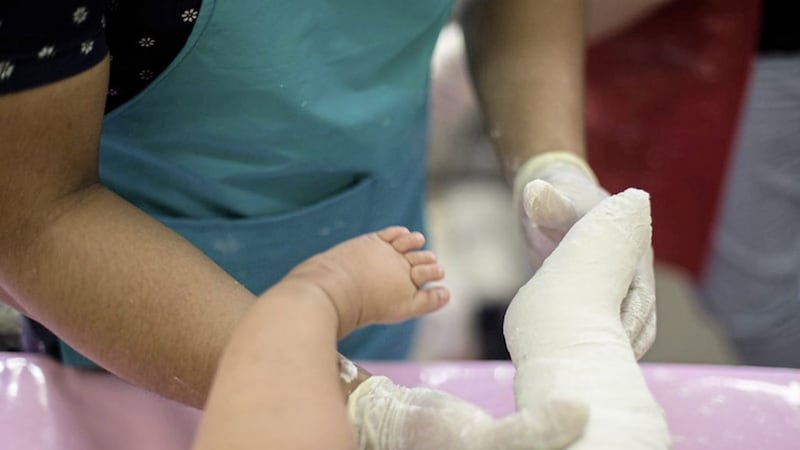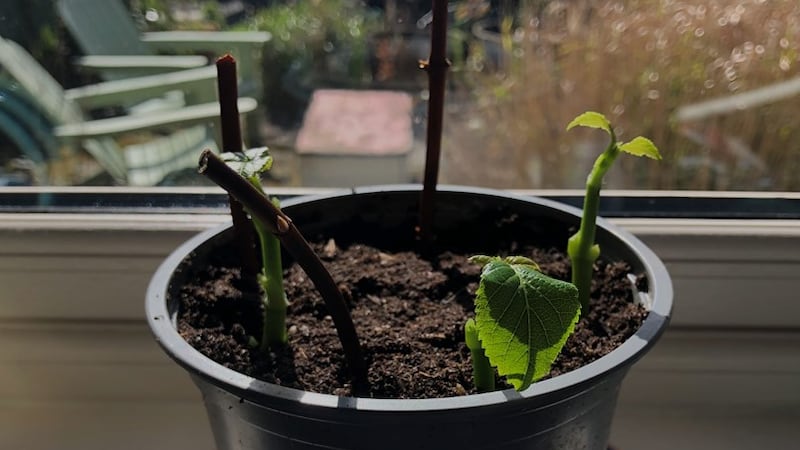I'm pregnant and was told my baby has clubfoot at my 18-week scan. How seriously is this likely to affect him/her, and can it be treated?
Chesca Colloredo-Mansfeld, CEO and co-founder of MiracleFeet (miraclefeet.org), which aims to eliminate untreated clubfoot worldwide, says: "While clubfoot is a serious condition, it's one of the most common birth defects and, fortunately, it's highly treatable.
"Clubfoot results from abnormal development of the muscles, tendons, and bones of the foot. Recent studies show it occurs in one of every 600 to 800 births, depending on where you live in the world. Its exact causes are largely unknown, but likely include genetic and environmental factors.
"Clubfoot causes one or both feet to turn inwards and downwards, and they become rigid as a result of a tight Achilles tendon. Nearly all cases occur in babies who are otherwise healthy – the position of their feet being their only medical barrier to an excellent quality of life.
"Although receiving a diagnosis of clubfoot may come as a shock, the good news is that more than 95 per cent of children who are treated early can experience active, healthy lives, with minimal, if any, lasting effects. You might be thinking you've never seen anyone with clubfoot, and that's because it's so treatable.
"In the UK or countries with advanced medical care, the odds your child will experience significant impairment from clubfoot are close to zero. Unfortunately, that's not the case everywhere, with extreme global inequities in where families can access quality treatment.
"The preferred treatment, known as the Ponseti method, involves casting for six to eight weeks to gently reposition the feet, followed by a simple procedure that releases the Achilles tendon. Finally, infants wear a foot abduction brace to prevent relapse, for 23 hours a day for the first three months, then only when sleeping for several years.
"A medical professional will advise on the exact amount of time a brace should be worn. Numerous studies, including MiracleFeet's own data, show consistent bracing is the most likely factor determining long-term success.
"Ideally, treatment should begin within weeks of birth, when the tendons and ligaments are at their most elastic. In healthcare systems like the UK's, in utero diagnosis means parents and doctors can plan for an infant's treatment during pregnancy.
"Yet, today, 90 per cent of children with clubfoot are born in low- and middle-income countries, where few receive proper care. As a result, many experience severe disability, social stigma, and a range of risk factors throughout their lives.
"MiracleFeet is on a mission to eliminate untreated clubfoot by ensuring every child has an opportunity to receive this early intervention and to thrive."








